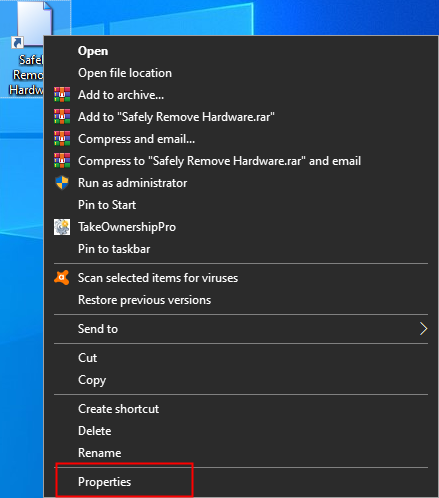

In some cases, you may see a message telling you that the device can’t be stopped because it’s in use. If you try to eject it though, Windows 10 will nevertheless stop it and allow you to remove it. Once you make this change, you will have to restart your computer for it to be applied.Īpplying this policy lets you remove an external storage device without ejecting it. This policy, seeing as it’s the default one, might already be selected. Select the ‘Quick removal (default)’ policy. There are two policies that can be configured but the one that’s relevant is the ‘Removal Policy’. In the Properties window, go to the Policies tab. Right-click its name and from the context menu, select Properties. Do not right-click the disk’s storage bar.

Once you have the Disk Management app open, right-click the external device’s name in panel at the bottom. Select that, and it will open the Disk Management app. Instead, you’ll see ‘Create and format hard disk partitions’ listed as a result. The search results will not show the Disk Management app by name. Connect an external storage device to your Windows 10 PC.


 0 kommentar(er)
0 kommentar(er)
